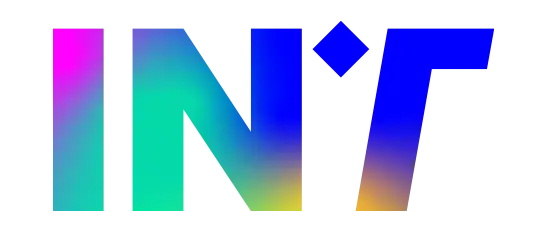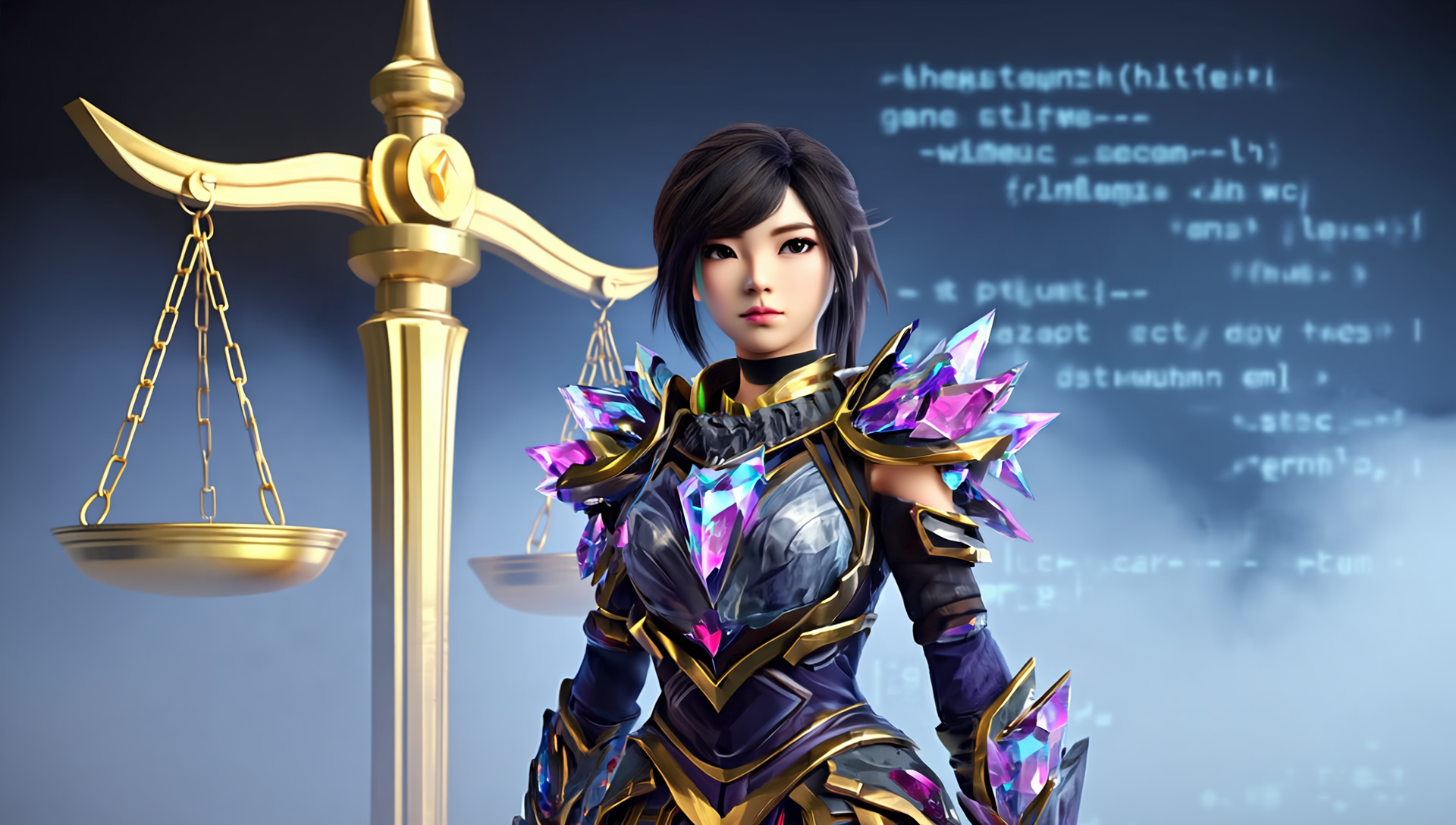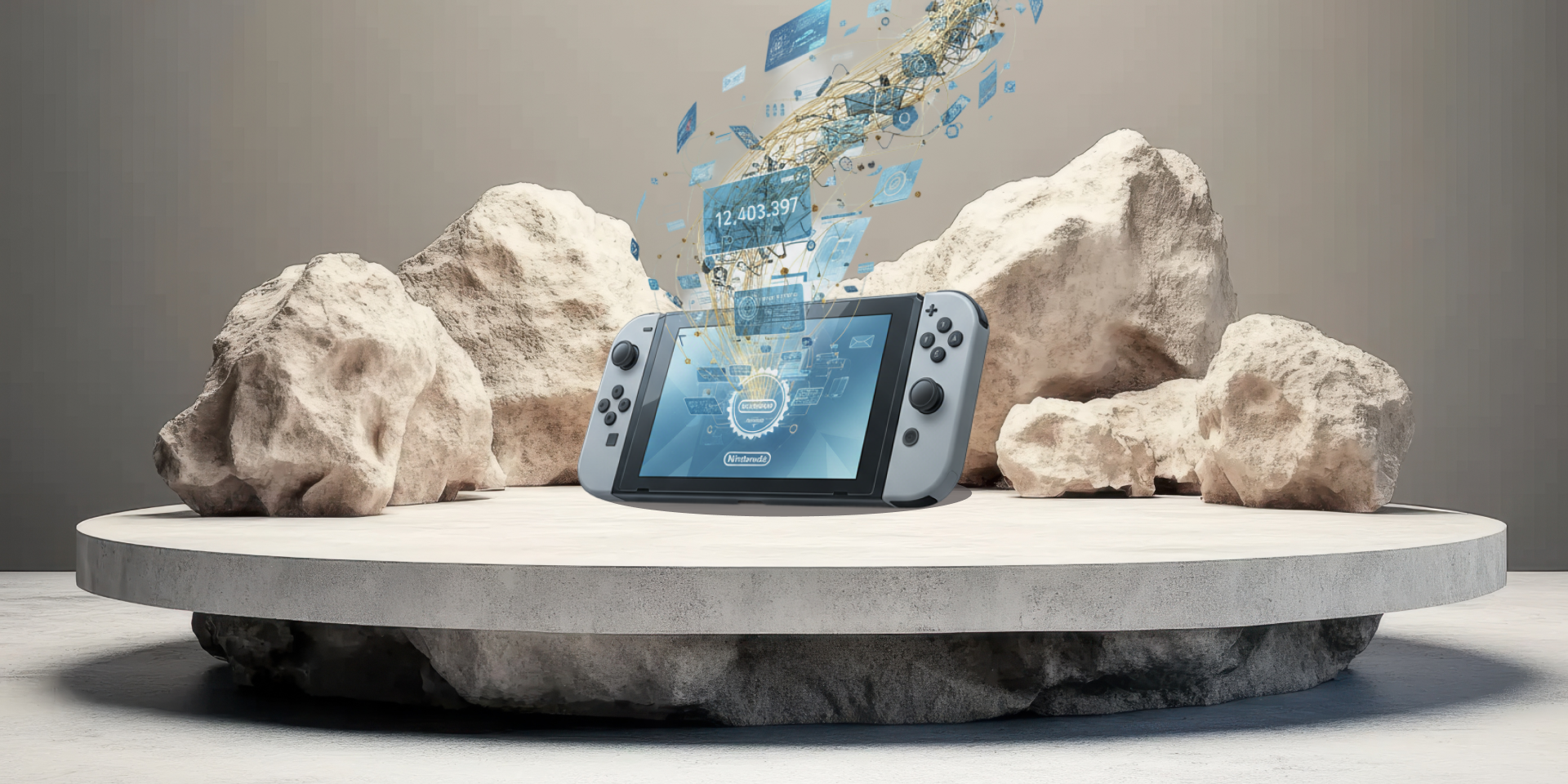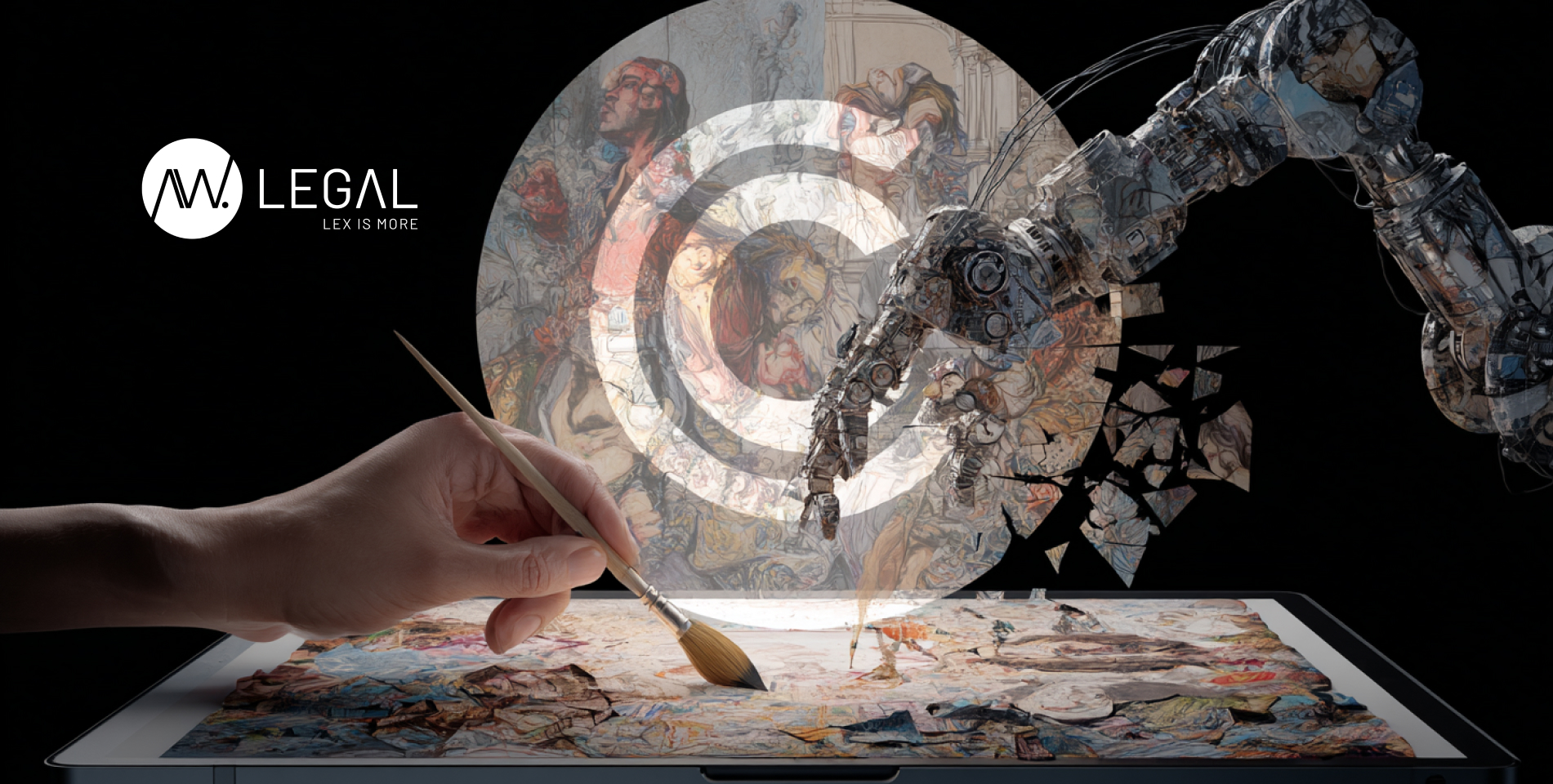For video game enthusiasts eagerly awaiting the new chapter from maestro Hideo Kojima, “Death Stranding 2: On the Beach,” it’s almost natural to be inspired by the buzz surrounding this upcoming release to shed light on a silent but fundamental protagonist: Intellectual Property (IP). IP acts as an invisible champion that protects originality, fuels innovation, and enables the continuous evolution of the gaming world.
Gaming is a sector that, besides redefining interactive storytelling, has been – and continues to be – an advanced laboratory for technological innovation. One only needs to consider the evolution of consoles, increasingly realistic graphics engines, dedicated real-time rendering chips, and even multi-sensory interaction forms.
Video games encapsulate a sophisticated combination of languages and technologies: source code, original soundtracks, three-dimensional environments, artificial intelligence systems, interface design, gameplay dynamics, voice acting, and registered trademarks. All these elements can be – and very often are – subject to legal protection through distinct intellectual property tools.
The gaming sector doesn’t just reflect innovation; it anticipates it. This constant capacity to innovate provides the perfect opportunity to remind ourselves what can be protected in a video game, and with what legal instruments. A video game arises from the intertwining of creative ingenuity and technical innovation, and when it reaches its expressive peak, it is capable of exciting, engaging, and prompting reflection, just like more established art forms. It is art and engineering, form and function. Its legal protection cannot be reduced to a single instrument but is articulated on multiple levels: copyright, patents, trademarks, and sometimes even trade secrets.
Let’s explore the main IP instruments and their most significant aspects.
Copyright: the guardian of creativity
Copyright is the guardian of creativity. It protects everything born from human creative ingenuity that takes form in the real world through a tangible and perceptible medium: an animated character, a soundtrack, a string of code.
Translated into video games, this means protecting the source code, original music, digital environments, characters, dialogues, and plot.
But be careful: copyright does not protect everything. What is protected is not the idea itself, but its expressive form. This means that game rules, generic mechanics, or abstract concepts cannot inherently be covered by copyright.
For example, it won’t be possible to claim exclusivity on an idea like a platformer with increasingly difficult levels or a battle royale mode with random rewards. Copyright only intervenes when an idea translates into a concrete and recognizable form: in a drawn character, composed music, written dialogue, or a defined setting. It is, in fact, this original expression, fixed on a medium, that is protected.
Patents: protecting technical innovation
If copyright protects the expressive form, patents, on the other hand, protect technical invention, or rather, the inventive solution to a technical problem. And in gaming, technical innovation abounds.
A patent serves to protect an invention provided that it is truly innovative, non-obvious to those working in the field, and concretely realizable. To obtain protection, its operation must be precisely explained so that a technician in the field – by reading the description – can understand it and, if desired, reproduce and implement it. It is this transparency that justifies the recognition of exclusivity, which can last up to 20 years: in exchange for legal protection, the inventor makes their technical contribution accessible to the public.
As anticipated, the video game industry is at the forefront of technological innovation, and patents are crucial for protecting such advancements. Companies like Sony, Warner Bros., and Nintendo are clear examples. Sony has patented the DualSense haptic feedback system for PS5. Warner Bros. Games protected the “Nemesis System” (implemented in “Middle-earth: Shadow of Mordor” and “Middle-earth: Shadow of War”) which creates unique enemies with memory and dynamic behaviors, influencing their evolution and making every encounter unique. Nintendo continues to innovate in physical interaction with the Switch’s Joy-Cons, implementing new solutions and ways to interact with games.
In summary, patent protection is an essential strategy that fuels innovation, differentiates products, and facilitates leadership in a constantly evolving market.
Trademarks: building identity and reputation
Finally, in the world of video games, a registered trademark is what transforms a title into an indelible mark in the memory of gamers. It defends the identity and reputation of the software (the game) or hardware (the console), providing protection against those who want to capitalize on their success with copies or imitations.
To obtain registration, a trademark must meet three fundamental requirements: distinctiveness, meaning it must be perceived by the public as an identifier of commercial origin; novelty, in the sense of not being identical or too similar to existing trademarks for similar products or services; and lawfulness, meaning it must not violate public order norms, morality, or the rights of others.
The registration of trademarks associated with video game products or services represents a strategic lever to protect and enhance creative and commercial investments. It grants the owner an exclusive right to use those distinctive signs, preventing third parties from directly or indirectly appropriating the value built in terms of reputation and recognition.
This is particularly critical in a sector where brand recognition and audience loyalty are key success factors. A strong brand not only distinguishes a video game from its competitors but also builds an emotional connection with the gaming community, becoming a symbol of quality, innovation, and reliability.
Conclusion
Understanding the tools provided by intellectual and industrial property law means enhancing innovation, attracting investments, and building long-term solidity.
In the videogame sector, in particular, IP assets are crucial: they protect innovators, discourage imitations, and consolidate a project’s competitive value. In an industry where every new technology (generative AI being the most recent example) redefines the rules of the game, understanding how and what to protect is essential.
Article in collaboration with AW LEGAL
AW LEGAL is a law firm specializing in Intellectual Property, Privacy, and Legal Tech.






